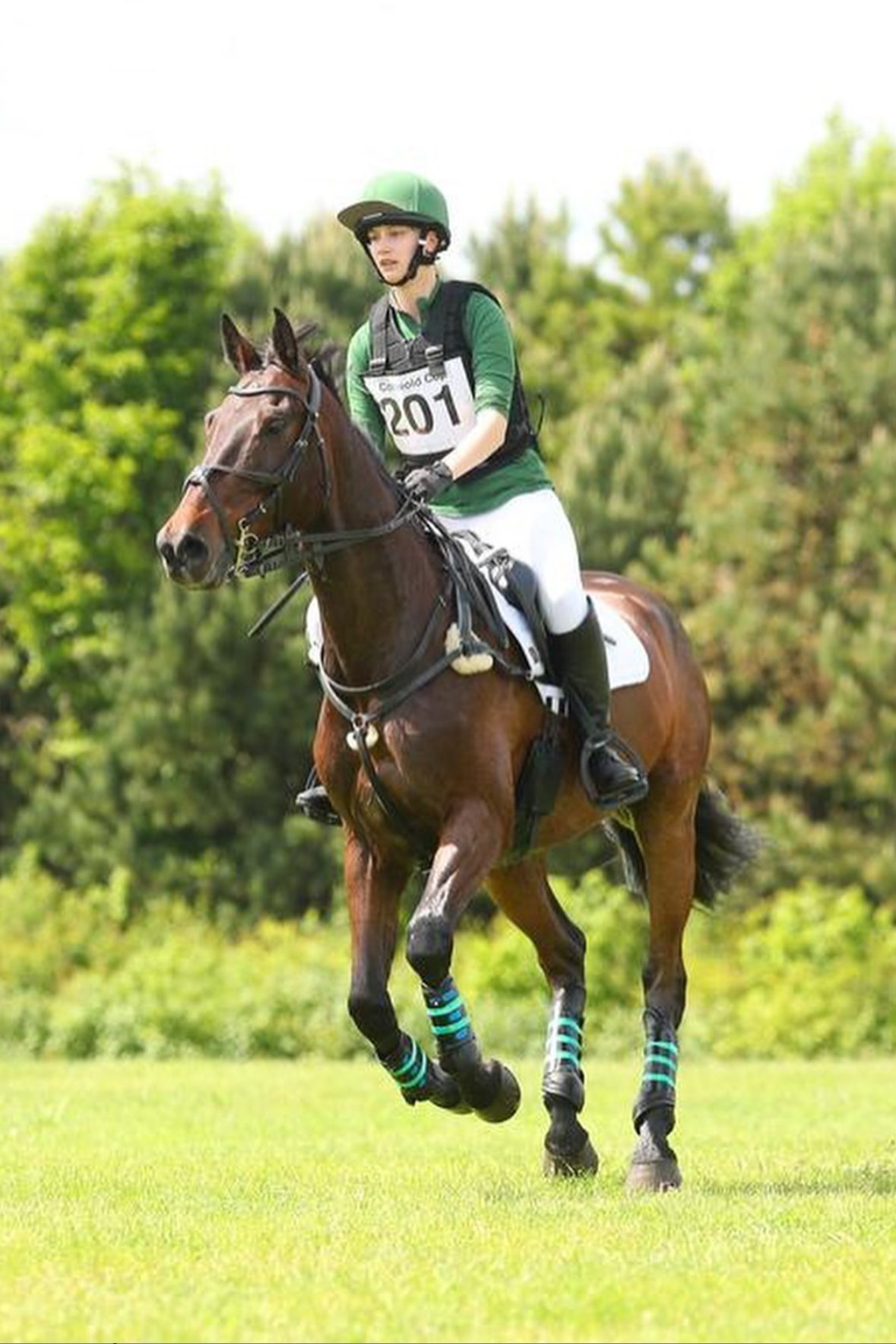Exploring the common threads and unique skills across the equestrian disciplines
Ask any equestrian, and they will agree that riding is far more than simply sitting in the saddle—it’s an intricate balance of communication, athleticism, and understanding between horse and rider. While each equestrian discipline has its own set of requirements and skills, there are also striking similarities that tie them together. Cross-training across disciplines can provide valuable insights into not only other sports but also help refine your own abilities.
Let’s explore the core similarities, key differences, and benefits of trying different equestrian sports through examples from disciplines like dressage, show jumping, eventing, pleasure riding, endurance riding, and working equitation.
Similarities Across Equestrian Disciplines
Rider Balance and Core Strength
In every equestrian discipline, the rider’s balance and core strength are critical. Whether you’re executing a precise half-pass in dressage, staying poised over a jump, or navigating tricky terrain in endurance riding, a strong, stable core allows you to move with your horse and maintain effective communication.
Communication with the Horse
Clear and consistent aids—leg, seat, hands, and voice—are fundamental. While the specifics of how these aids are used vary across disciplines, the principle of maintaining a dialogue with the horse remains the same. In Working Equitation, for example, precise aids are crucial to complete technical obstacles, just as they are in a dressage test.
Mental Focus and Emotional Control
All riders must stay calm, focused, and adaptable in any discipline. Eventing riders must handle the adrenaline of cross-country, while endurance riders must maintain composure during hours-long rides. A pleasure rider seeking relaxation and connection with their horse also needs mental clarity to achieve that harmony.
Horsemanship Skills
Whatever your chosen discipline, understanding your horse’s health, fitness, and psychology is vital. From conditioning an endurance horse for long distances to preparing a show jumper for peak performance, every rider must prioritise their horse’s well-being.
Key Differences Between Disciplines
Dressage: The Art of Precision
Dressage focuses on developing the horse’s suppleness, strength, and responsiveness through systematic training. Riders need an exceptional ability to feel subtle movements and execute detailed tests. While balance and precision are essential in all disciplines, dressage riders hone these skills to a high degree.
Show Jumping: Timing and Reaction Speed
Show jumping requires a sharp sense of timing, accuracy, and quick reflexes. Riders must adjust their stride length and pace while maintaining control and focus over technical courses. Unlike endurance riding, where pacing happens over hours, show jumpers must think in split seconds.
Eventing: All-Round Versatility
Eventing combines dressage, cross-country, and show jumping, demanding versatility and adaptability from both horse and rider. It requires dressage precision, the bravery of cross-country, and the technical accuracy of show jumping, making it one of the most demanding disciplines.
Pleasure Riding: Relaxation and Partnership
Pleasure riders often prioritize enjoyment and the bond with their horse over competitive goals. While the intensity may be less than in competitive disciplines, pleasure riding fosters a deep connection with the horse, emphasising trust and communication.
Endurance Riding: Stamina and Strategy
Endurance riding challenges both horse and rider over long distances. It requires careful planning, fitness conditioning, and the ability to manage the horse’s energy and hydration. Unlike disciplines where bursts of energy are key, endurance riders focus on sustained effort.
Working Equitation: Technical Mastery
Combining elements of dressage, obstacle navigation, and cattle work, working equitation tests the horse and rider’s ability to tackle diverse challenges. Riders must balance dressage-like precision with adaptability and a deep partnership with their horse.
The Benefits of Cross-Training and Trying Other Equestrian Sports
Exploring other equestrian disciplines is one of the best ways to become a well-rounded rider. Here’s why:
Broaden Your Skill Set
Cross-training allows riders to develop new skills that transfer back to their primary discipline. For example, a show jumper who tries dressage can improve their flatwork, which is essential for setting up jumps. Similarly, a dressage rider who experiments with endurance riding can improve their stamina and adaptability.
Enhance Communication with Your Horse
Different disciplines teach riders to communicate with their horses in new ways. Working equitation, for instance, emphasizes clear aids in complex scenarios, which can translate into better responsiveness in other disciplines.
Improve Physical and Mental Fitness
Each discipline challenges riders in unique ways. Cross-country builds courage and quick decision-making, while dressage refines focus and attention to detail. Trying new sports keeps riding mentally stimulating and physically challenging.
Deepen Your Understanding of Horses
Every equestrian sport offers unique insights into horse behaviour and biomechanics. Endurance riding can teach riders to read signs of fatigue, while dressage sharpens the ability to feel subtle imbalances.
Boost Confidence and Adaptability
Cross-training encourages riders to step out of their comfort zones. Facing new challenges, such as navigating an endurance trail or tackling a working equitation obstacle, builds confidence and adaptability in both horse and rider.
Finally
While each equestrian discipline has its unique challenges, they all share the same foundation: the bond between horse and rider, built on trust, skill, and communication. Exploring other equestrian sports through cross-training can provide valuable lessons that enhance your abilities, no matter your primary focus. Whether you’re mastering the precision of dressage, the strategy of show jumping, or the endurance required for long-distance riding, every experience contributes to your growth as a rider—and deepens your connection with the incredible animal at the heart of it all.

